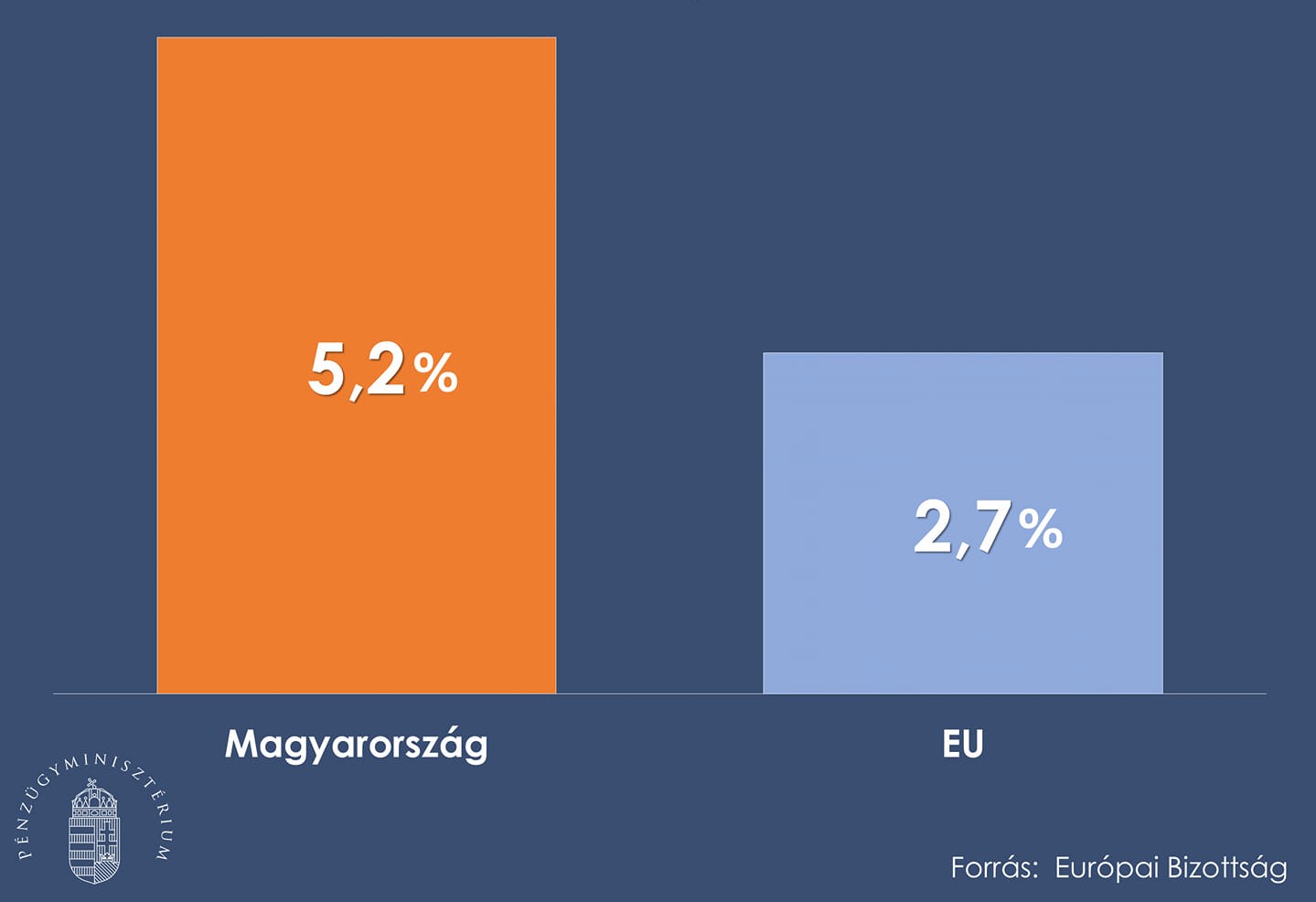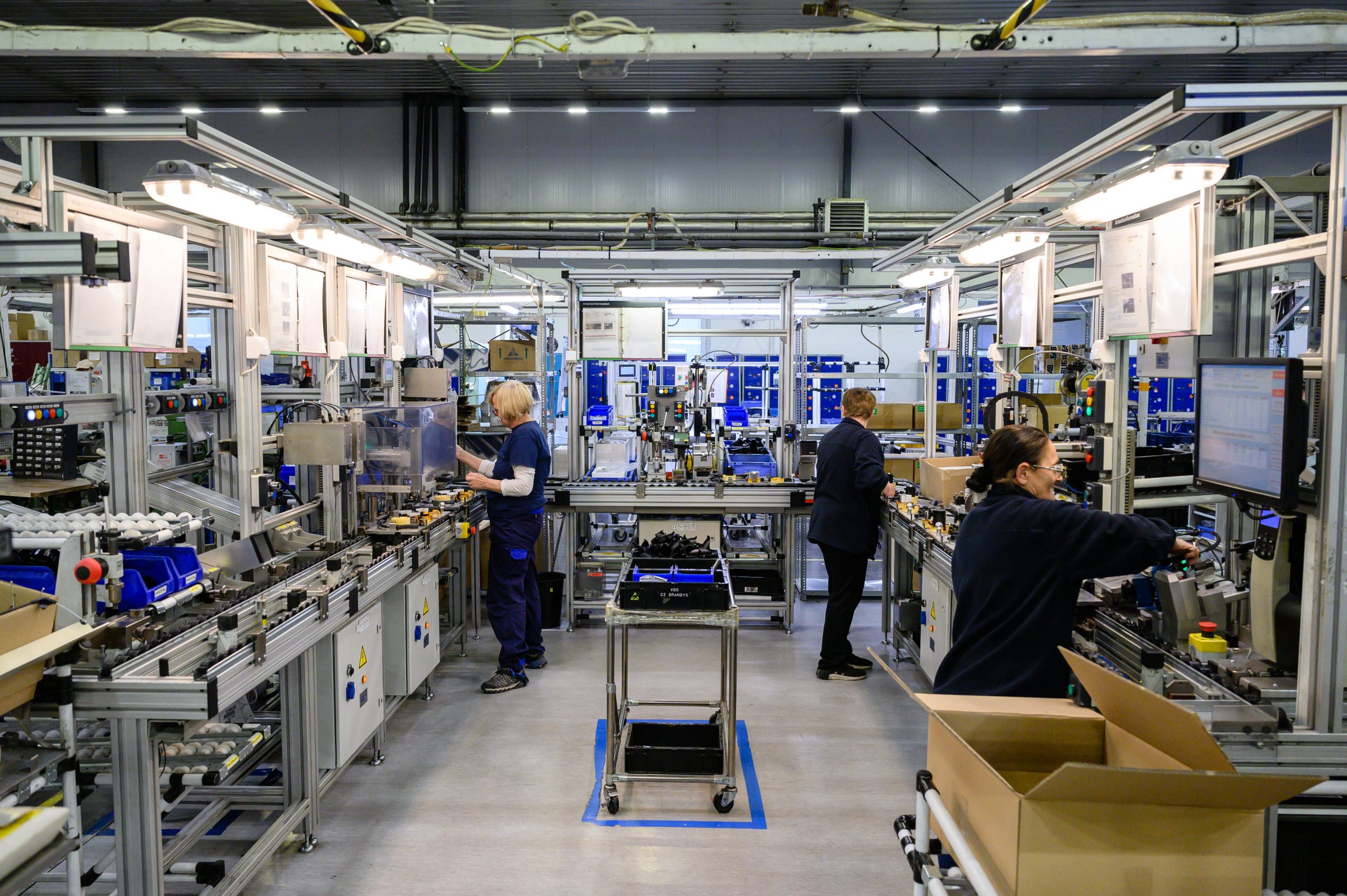
According to the European Commission's latest forecast, Hungarian GDP growth can reach as high as 5.2% this year, as compared to the 2.7% EU averageContinue reading

In 2021, Hungary’s gross domestic product (GDP) already exceeded that of the year before the coronavirus outbreak, the Central Statistical Office (KSH) found in its latest analysis. As a result, Hungary’s economic performance is among the EU Member States with the highest output growth.
Last year, several sectors of Hungary’s economy were able to reach trends only seen before Covid-19, with GDP surpassing both the 2020 and the pre-pandemic 2019 figures, KSH revealed on Wednesday.
Following Hungary’s easing of restrictions imposed to contain the coronavirus outbreak last year, pre-pandemic trends have resumed in several areas of the economy, with GDP volume up 7.1 percent in 2020 and 2.3 percent higher than in 2019.
This makes Hungary one of the EU Member States with the most significant output growth,”
said Gabriella Vukovich, President of the Central Statistical Office.
The head of KSH added that the performance of the Hungarian economy slowed down in 2020 to a lesser extent than the EU average, and expanded at a faster pace in 2021. Hungary’s convergence continued during the epidemic, and the development gap with the EU’s central regions narrowed even further, as shown by the fact that in 2021, Hungary’s GDP per capita at purchasing power parity was 76% of the EU average, compared to 73% before the pandemic.
In the study, KSH found that industrial production was the engine of economic growth. Its performance rose 9.8 percent higher than the previous year and 2.2 percent higher than two years earlier. At the same time, the greatest loss occurred during the pandemic was in the tourism sector, which saw a 14 percent increase from a very low base of a year prior, but its performance was still 36 percent below its pre-pandemic level in 2019.
Among the economic sectors, agriculture was the only one that slowed down the volume growth of Hungary’s GDP, with added gross value declining since 2019, KSH said.
The economic boom and surge in demand that accompanied the lifting of restrictions, together with rising raw material and commodity prices and production and transport costs, caused output prices in the commodity-producing sectors to rise significantly. Last year, agricultural producer prices were on average 19 percent, and industrial producer prices 14 percent higher than a year earlier. This has also had an impact on the consumer market, with inflation accelerating to 5.1 percent in 2021, after rising 3.3 percent in the previous year. The adverse effects of the epidemic have affected the labor market less than the real economy.
The momentum in the labor market also remained intact, with employment reaching a record high in the last quarter of the last year. Meanwhile, unemployment fell to 4.1 percent over the last year.
Households were able to increase their consumption, while their savings rate reached a multi-year record high in 2021. Retail sales were still restrained by the Covid restrictions in place in the first months of 2021, but thereafter, in line with the expansion in consumption, shop sales began to grow steadily.
Featured image by Tamás Vasvári/MTI